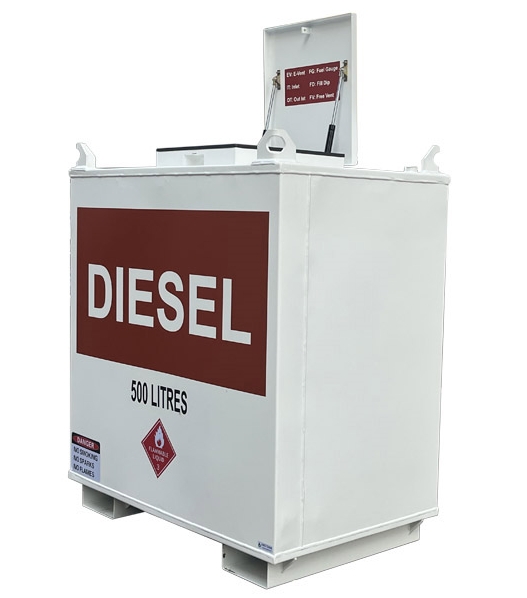Fuel Tank Inspection Guidelines
1 Tank and Sealing System Inspection
- Carefully inspect the tank for deformation, dents, or corrosion, focusing on weld integrity and cracks or leaks.
- Sealing components such as valves and connectors should be individually inspected to ensure they are tightly connected.
- Check that all components operate smoothly and maintain a tight seal to prevent fuel leaks during transport or storage.
2 Safety Device Inspection
- Confirm that firefighting equipment is complete, within its service life, and functioning properly.
- Check that the emergency shutoff device is sensitive and reliable, enabling quick fuel supply shutoff in emergencies.
- Verify that warning signs are clear and intact, and that safety markings (reflective strips) meet regulatory requirements.
3 Vehicle Component Inspection
- Perform thorough tire inspection including tread wear, proper pressure, and any bulges or cracks.
- Inspect the brake system (brake pad wear and performance) to ensure reliable and sensitive braking.
- Check the lighting system (turn signals, brake lights, position lights) to ensure proper signal transmission.
4 Operation and Accessory Equipment Inspection
- Check the fuel pump, piping, and accessories for integrity, blockage, or damage, ensuring smooth operation.
- Inspect towing connections to ensure they're secure with proper locking mechanism to prevent loosening.
-
Verify all key components listed in the operator's manual are in good working order.

